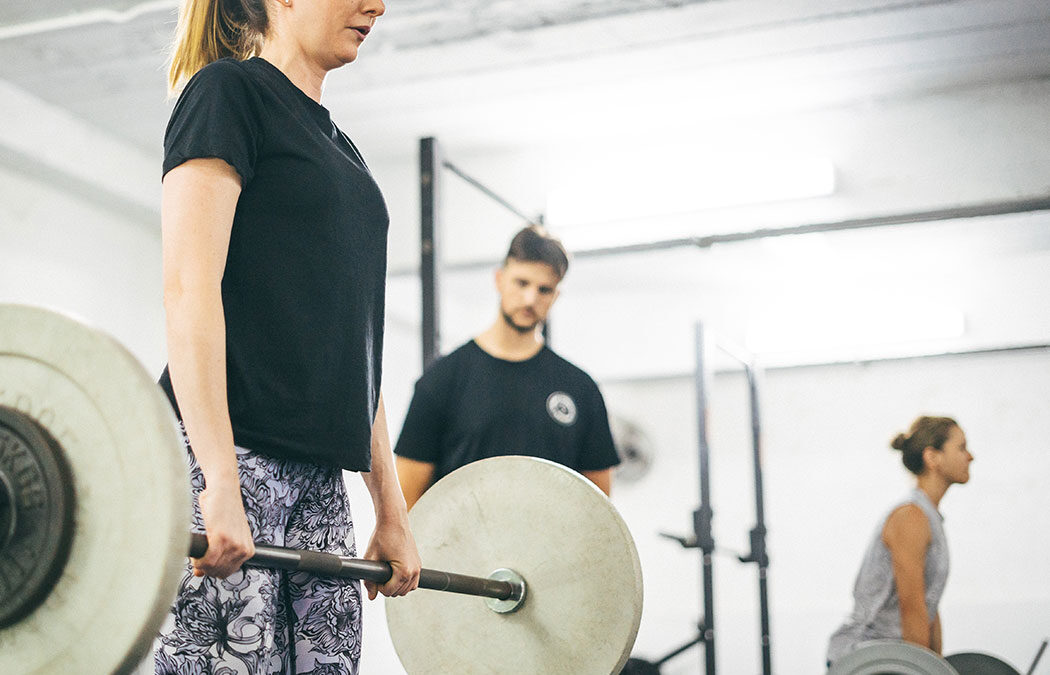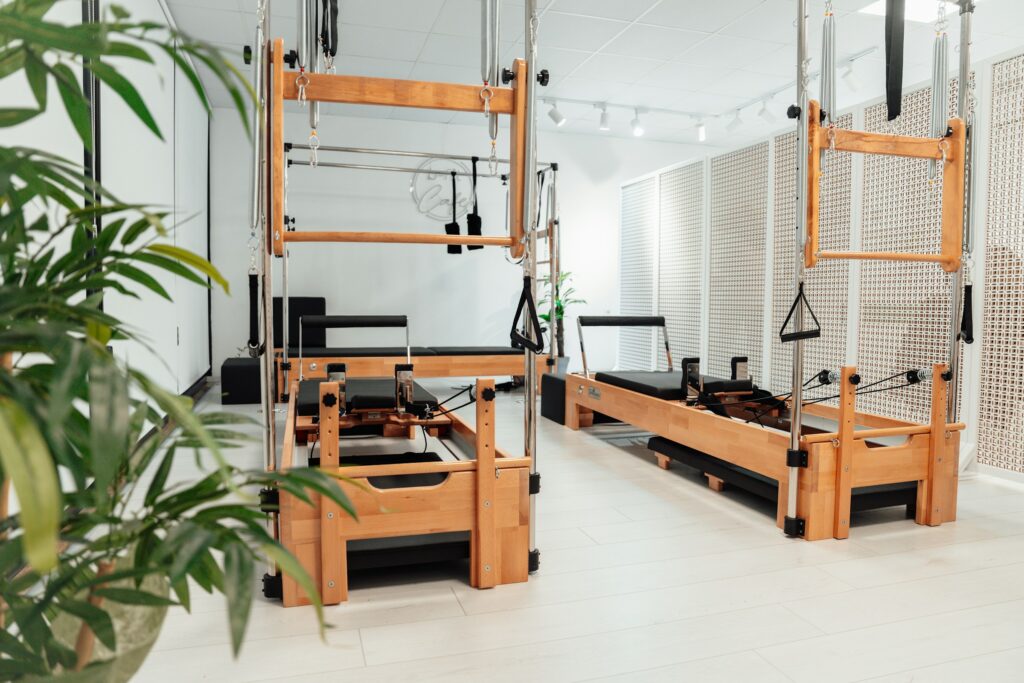Let’s debunk some fitness myths. Despite popular claims, you can’t “lengthen” or “tone” your muscles. For example, a common Pilates claim is that sessions are ‘designed to lengthen and tone your muscles while increasing balance and stability.’ First, the length of a muscle is fixed by its attachment points on your bones. Stretching can improve flexibility by increasing your tolerance to stretch, but it does not make muscle fibres longer. Second, “tone” in physiology means resting muscle tension, which the nervous system controls. Training won’t permanently change this. Why does correcting this matter? At Sydney Strength Training, we encourage physical activity, which may include Pilates. But we also believe exercise instruction should be evidence-based so people achieve the best results. With that cleared up, let’s explore three common questions about Pilates and where strength training fits in:
- Is Pilates a cardio or strength workout?
- Does Pilates actually change your body?
- How is Strength Training different?
Is Pilates a Cardio or Strength Workout?
The nature of exercise and its effect whether that be “strength” or “cardio”, depends on several factors.
- Is the mechanical load high enough to stimulate strength adaptations?
- Are the movements rhythmic and repeatable (like running or swimming) so they can be sustained efficiently?
- How is heart rate managed? For example, a heavy set of squats with rest will stress the body differently than a continuous 30-minute run.
With this in mind, you can better judge what kind of training effect a workout may deliver. What does the research show? Results are mixed. Some studies found a single Pilates session no more effective for cardiorespiratory fitness than a leisurely walk. ¹ Yet in a clinical trial, eight weeks of Pilates improved VO₂max from 22.4 ± 4.9 to 24.2 ± 4.5 mL/kg/min, a ~20% increase. ² This was a medium effect size, and meaningful because higher VO₂max strongly predicts lower risk of all-cause and cardiovascular mortality. Interestingly, this improvement occurred even though the Pilates program was less aerobically intense than the walking intervention. Researchers suggest this may have been due to better muscular conditioning rather than direct cardiovascular stress.
The same study also showed a small increase in lean mass (38.4 ± 6.5 to 39.7 ± 6.6 kg) of about ~3.2%. ² This suggests Pilates may support slight improvements in muscle and strength. However, the effect size was small, and it is unclear how well-trained the participants were. Importantly, this does not mean Pilates is more effective than traditional strength training, which has much stronger evidence for building muscle and strength.
Does Pilates actually change your body?
The answer is, “it depends”. A systematic review found weak evidence that Pilates changes body composition ³. Studies had poor design, inconsistent measurements, and no nutrition control. Some short, frequent programs (60 minutes, 5x weekly for 4 weeks) showed small reductions in weight and body fat, but results were inconsistent. Less frequent programs showed no benefit or even slight increases in fat. The authors concluded that better research is needed, using more accurate measures and studying different groups such as older adults, athletes, and people with obesity. As discussed earlier, evidence on Pilates improving aerobic fitness, strength, or muscle mass is mixed. Crucially, the effect of Pilates depends on how the classes are structured and progressed over time. If sessions include gradually heavier loads and increasing volume matched to a participant’s ability, that is no longer unique to Pilates, it is simply strength training, packaged in a different way.
How is Strength Training different?
Strength training is progressive resistance training, where load, sets, reps, and rest are planned, tracked, and progressed over time. Proper programs also consider intensity and exercise variation according to your individual needs. This structure is what makes strength training so effective for building muscle, increasing bone density, and improving long-term fitness. In contrast, most Pilates classes don’t follow these principles. While Pilates can improve motor control and strength specific to the movements trained, class formats rarely track progress session to session, limiting progression. That means many may see some early gains which is what we call “newbie gains”, but results plateau quickly without progressive loading. This makes sense of the mixed results Pilates shows in the literature. If your goal is lasting improvements in muscle, bone, and strength, structured strength training offers higher returns on your time investment. Pilates may complement but does not replace it.
Forget lengthened and long, train to be strong
At Sydney Strength Training, our goal isn’t to discredit popular exercise trends. It’s to help people cut through marketing hype, avoid “FOMO,” and make informed choices. When grounded in evidence, exercise becomes more than a single workout, it becomes a tool for long-term health, resilience, and strength. For those who enjoy Pilates, it can be a way to move more, improve coordination in the movements trained, and even provide small gains in fitness or muscle, especially for beginners. But the evidence shows these effects are inconsistent and often limited compared to structured strength training. This doesn’t mean Pilates, or even Yoga or other fitness class formats are useless. It means expectations should be realistic. At Sydney Strength Training we offer evidence-informed coaching designed to help you get results efficiently. If your goal is building muscle, improving strength, boosting fitness, or supporting bone health, contact us today to start your journey.
References:
- Cardiorespiratory responses: Pilates compared to different walking speeds in healthy adults – PubMed
- The effects of Pilates vs. aerobic training on cardiorespiratory fitness, isokinetic muscular strength, body composition, and functional tasks outcomes for individuals who are overweight/obese: a clinical trial – PubMed
- The effect of Pilates exercises on body composition: a systematic review – PubMed

